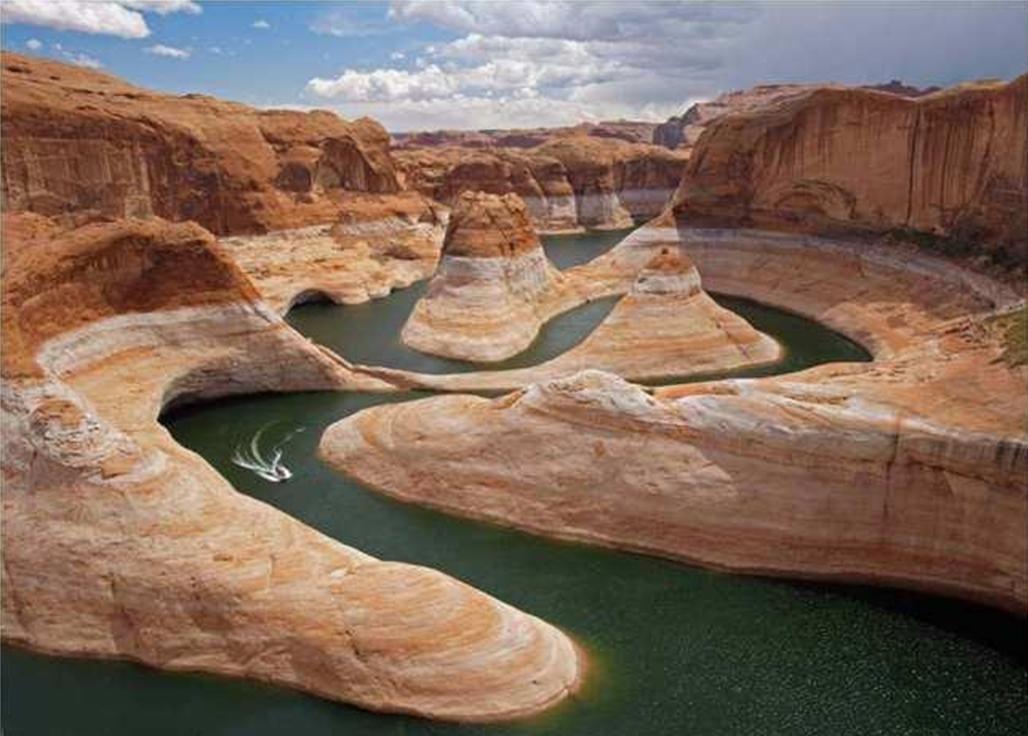If you are sensitive to price, the entrance fee is quite high but the experience is unforgettable.
If you prefer to let someone else do the driving, there are several tour options from Las Vegas.
Pro’s:
View the Canyon through the glass bottom of the walkway
Great views of the Colorado River and Eagle Point
Experience some of the Culture and Crafts of the Hualapai Tribe
Great Views at Guano Point
Close to Las Vegas
Tours available from Las Vegas
May choose to have a photo taken of you on the Skywalk
Meal choices and most cultural events are included in the Entry Fee.
Tours that include group transportation are usually most convenient since the area is in a remote wilderness region. There are no gas stations, convenience markets or fast food services at Grand Canyon West. There is also about a 14 mile stretch of unpaved road leading into the Hualapai Reservation at the the West Rim. It is an anticipated the road will be paved in the near future.


